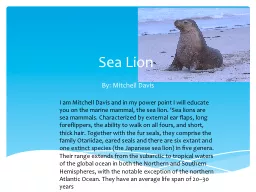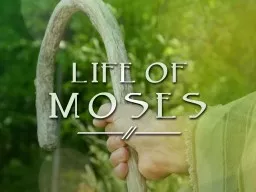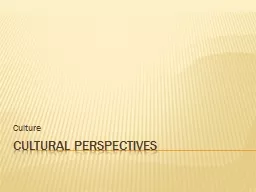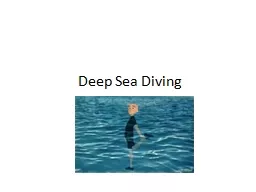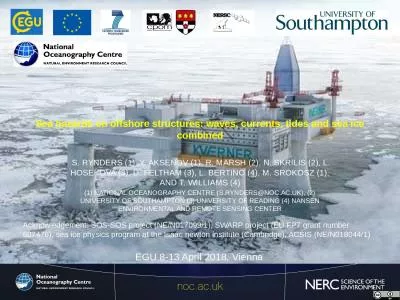PPT-Perspectives from the NH SEA
Author : lindy-dunigan | Published Date : 2018-10-25
Paul Leather Deputy Commissioner NH Department of Education NCSA 2016 1 What Is Our Goal 3 1995 199804 2005 2006 200710 2008 2010 2011 2012 2013 2014 2015 2016
Presentation Embed Code
Download Presentation
Download Presentation The PPT/PDF document "Perspectives from the NH SEA" is the property of its rightful owner. Permission is granted to download and print the materials on this website for personal, non-commercial use only, and to display it on your personal computer provided you do not modify the materials and that you retain all copyright notices contained in the materials. By downloading content from our website, you accept the terms of this agreement.
Perspectives from the NH SEA: Transcript
Download Rules Of Document
"Perspectives from the NH SEA"The content belongs to its owner. You may download and print it for personal use, without modification, and keep all copyright notices. By downloading, you agree to these terms.
Related Documents





